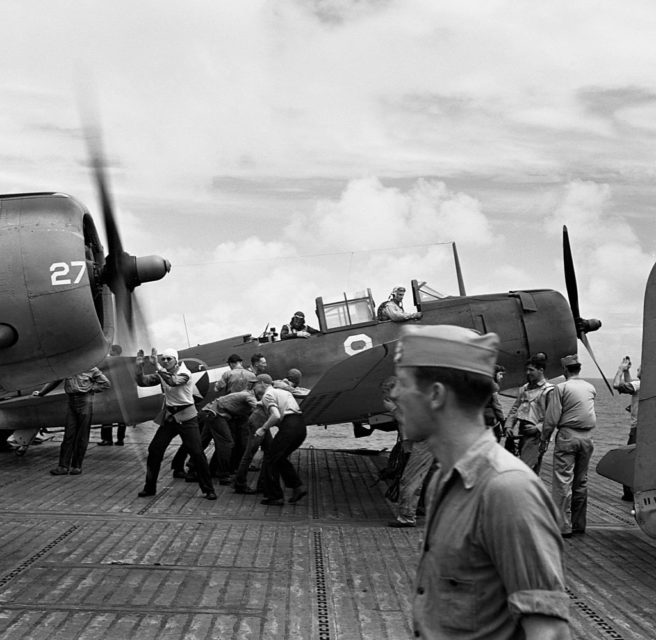Throughout the course of the Second World War, the US Navy and Marine Corps flew the Douglas SBD Dauntless, a naval scout aircraft and dive bomber. While relatively slow, compared to other aircraft flown by the Allied forces, it was incredibly effective, with its prowess best shown through its success during the Battle of Midway.
Development of the Douglas SBD Dauntless
The design of the Douglas SBD Dauntless was rooted in the earlier Northrop BT. The company was eventually taken over by the Douglas Aircraft Corporation, who began construction of the SBD. After modifications were made, including the addition of the Wright R-1820 Cyclone engine, the dive bomber was put into production and entered service in mid-1939.
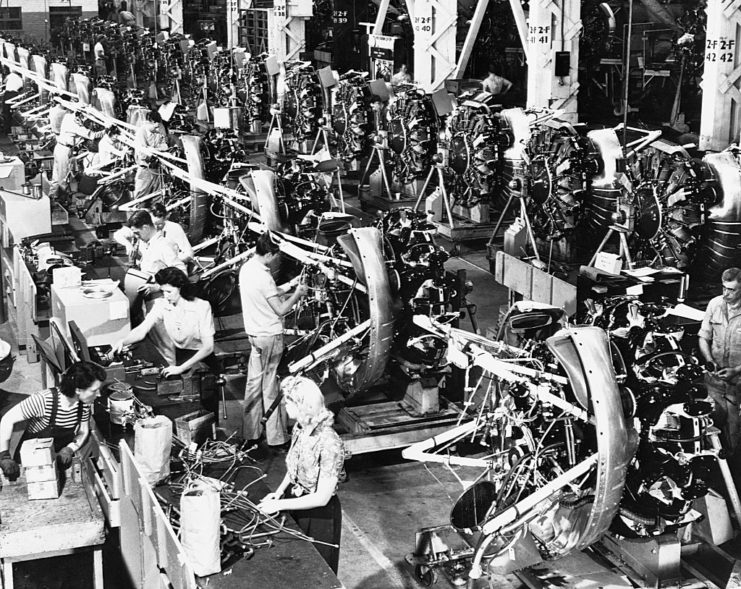
There were many variations of the SBD created by Douglas, including the -1 and -2, which were delivered to the Marine Corps and Navy, respectively. It was rather unusual for an aircraft designed to operate from an aircraft carrier, as it didn’t have folding wings. This was because the designers at Douglas wanted it to have more structural integrity.
The aircraft’s design was improved upon throughout World War II
Despite proving to be a popular dive bomber, modifications were made to the SBD Dauntless as early as 1941. The SBD-3 featured improved armor, fuel tanks and machine guns, while the -4 saw improvements made to the aircraft’s electrical system. On top of this, a few of them were converted for use in reconnaissance missions, and the SBD-5 featured a more powerful engine and an increased ammunition supply.
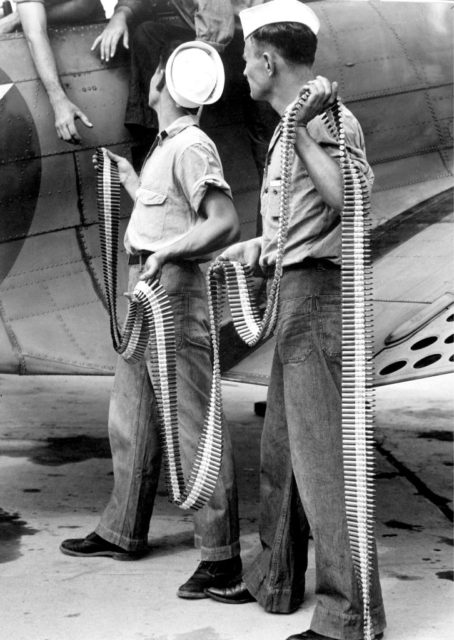
The SBD, in general, was well-liked by pilots, as it was relatively easy to handle, was effectively armed and held its own against enemy fighter aircraft. It was equipped with two .5-inch forward-firing synchronized Browning M2s, two .3-inch flexible-mounted Browning M1919s in the rear and 1,020 kg of bombs.
The Douglas SBD Dauntless made waves at the Battle of Midway
What the SBD Dauntless is best known for is its actions during the Battle of Midway. Throughout the battle, pilots flying the dive bombers delivered targeted attacks that greatly damaged the Japanese aircraft carriers positioned in the area.
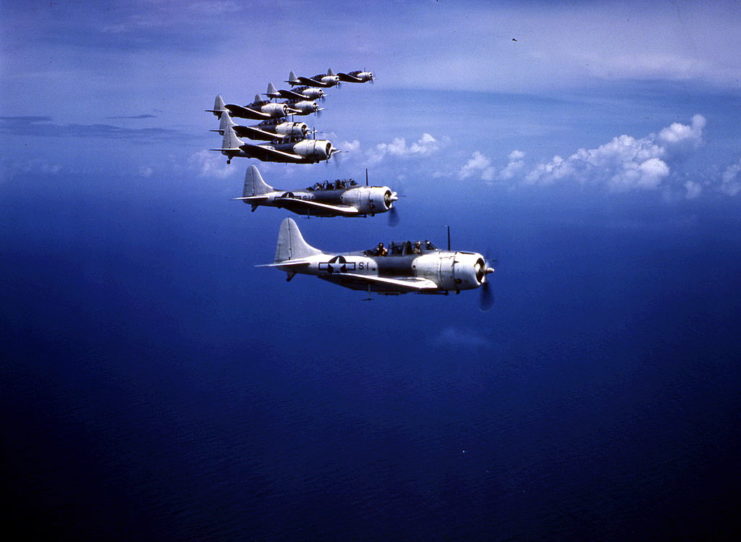
Between June 4-7, 1942, the Imperial Japanese Navy launched an attack against US naval forces near Midway Atoll, with the intention of causing some serious damage. Thanks to the work of cryptographers, however, the Americans were able to predict exactly when and where the attack would occur, allowing them to inflict a forceful blow, instead of taking unexpected damage.
An alternative outcome
The fourth Japanese aircraft carrier, Hiryū, only survived a short while longer, being sunk later the same day. Losing one ship, perhaps even two, would have been difficult for the Japanese, but to lose four was disastrous. The attacks launched by the SBD Dauntless squadrons made it difficult for them to continue, and they ended up withdrawing their forces.
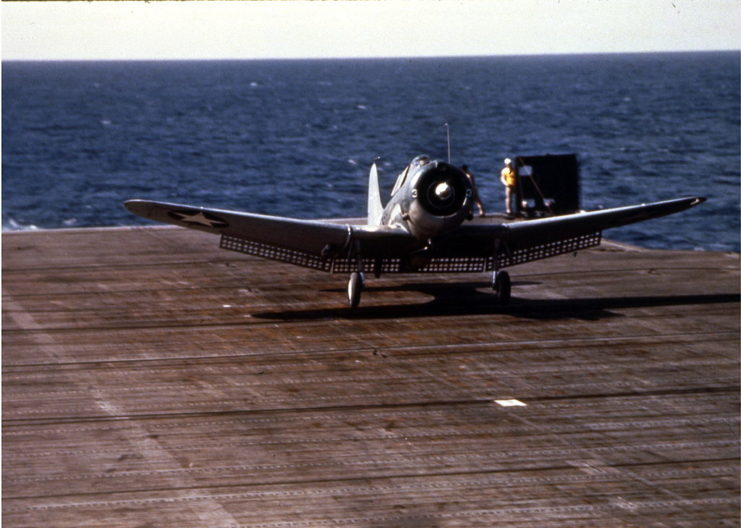
The role of the SBDs during the Battle of Midway cannot be overstated. Taking out every Japanese carrier involved in the attack played a pivotal role in securing an American victory. While the Japanese had heavy cruisers with them, they lost their ability to launch their aircraft directly into battle.
Continued use of the Douglas SBD Dauntless
While the SBD Dauntless is generally considered to be one of the most important aircraft flown in the Pacific Theater, it saw use in other aspects of the Second World War. Along with seeing action during the Guadalcanal Campaign and the Battle of the Philippine Sea, the dive bombers were also flown during the Allied landings in North Africa and targeted attacks on German ships throughout Operation Leader.
